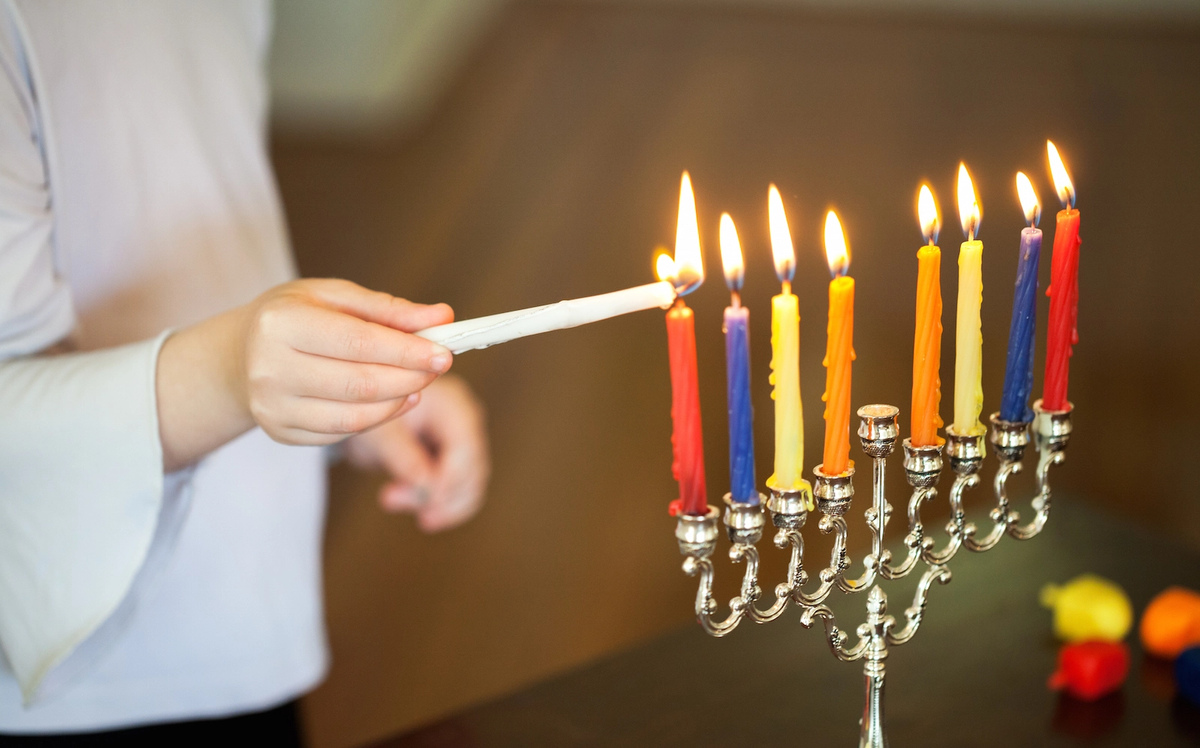

Articles
What Do The Candles On The Menorah Symbolize
Modified: August 27, 2024
Discover the symbolism of the candles on the menorah in this insightful article. Gain a deeper understanding of this significant tradition.
(Many of the links in this article redirect to a specific reviewed product. Your purchase of these products through affiliate links helps to generate commission for Storables.com, at no extra cost. Learn more)
Introduction
The Menorah is a significant symbol in Jewish culture and holds deep meaning in religious ceremonies and celebrations. It is an ancient Jewish lampstand that has been a part of the Jewish tradition for thousands of years. The Menorah is prominently featured during the Festival of Hanukkah, where it serves as a symbol of light and hope. In this article, we will explore the rich history of the Menorah, the symbolism behind its candles, and the significance it holds in Judaism.
Key Takeaways:
- The Menorah symbolizes divine light, resilience, and unity in Jewish culture. Its candles represent leadership, miracles, and the enduring presence of God’s light, fostering joy and gratitude during Hanukkah.
- Hanukkah celebrates the triumph of light over darkness and the resilience of the Jewish faith. Through the Menorah’s symbolism, Jewish communities honor their history, faith, and cultural identity, spreading hope and kindness.
Read more: What Do Altar Candles Symbolize
History of the Menorah
The Menorah has a long and fascinating history that dates back to the times of ancient Israel. Its origin can be traced back to the instructions given by God to Moses on Mount Sinai. According to biblical accounts, God commanded Moses to construct a seven-branch lampstand made of pure gold, which would be placed in the holy sanctum of the Tabernacle.
This original Menorah served as a symbol of divine light and presence. It was used in the portable sanctuary during the Israelites’ journey in the desert and later in the First and Second Temples in Jerusalem. The Menorah featured intricate designs and was meticulously crafted to represent the majestic spiritual significance it held for the Jewish people.
Unfortunately, with the destruction of the Second Temple in 70 CE by the Romans, the original Menorah was lost. Since then, the Jewish people have relied on depictions and descriptions of the Menorah to recreate its symbolic representation.
Throughout history, the Menorah has served as a powerful symbol of Jewish identity and resilience. It has become a significant motif in Jewish art, appearing in ancient mosaics, stone carvings, illuminated manuscripts, and modern sculptures.
Symbolism of Candles
The Menorah consists of nine branches, with eight evenly spaced candles and a ninth candle called the “shamash” or “helper” positioned slightly higher or lower. Each candle holds profound symbolic meaning and represents a different aspect of Jewish tradition and history.
The first candle, also known as the “shamash” candle, holds a unique role. It serves as the “helper” candle, used to light the other candles. This candle symbolizes leadership, guidance, and the duty to spread light to others. It reminds us of our responsibility to bring illumination and goodness into the world.
The remaining eight candles represent the eight nights of Hanukkah, a joyous holiday celebrating the miracle of the oil. According to the story, when the Maccabees reclaimed the Holy Temple in Jerusalem from their oppressors, they found only a small amount of oil left to light the Menorah. Miraculously, this oil lasted for eight days, allowing them to purify and rededicate the Temple. As a result, the eight candles of the Menorah symbolize this miraculous event and the enduring power of faith.
Each night during Hanukkah, an additional candle is lit, starting with the shamash candle and progressing from right to left. The act of lighting the candles represents the triumph of light over darkness, good over evil, and hope over despair. It serves as a reminder of the Maccabees’ bravery and the miracles that occurred during the battle for religious freedom.
Furthermore, the symbolism of the Menorah’s candles extends beyond the historical events of Hanukkah. It reflects the importance of unity and community, as each candle’s flame blends together to create a stronger, brighter light. The Menorah reminds us of the power that can be achieved when individuals come together for a common purpose and support one another.
Significance of the Menorah in Judaism
The Menorah holds profound significance in Judaism, representing various aspects of the faith and its values. It serves as a powerful symbol that encompasses both spiritual and historical significance.
First and foremost, the Menorah represents the eternal light of God’s presence. In Jewish tradition, the Menorah is a reminder of the guiding light that leads the way, illuminating the path to righteousness and spirituality. It symbolizes the continuous search for truth and wisdom in one’s life.
Furthermore, the Menorah is associated with the religious and cultural identity of the Jewish people. It symbolizes the endurance and resilience of the Jewish faith, even in the face of adversity and persecution. Throughout history, the Menorah has become a visual representation of Jewish pride and unity.
The Menorah also symbolizes the importance of education and knowledge in Judaism. Each candle represents a source of wisdom and enlightenment. Judaism places a strong emphasis on the pursuit of knowledge, and the Menorah acts as a reminder of the importance of lifelong learning and the continuous growth of the mind and spirit.
Moreover, the Menorah serves as a physical representation of the Temple that once stood in Jerusalem. Despite the destruction of the Temple, the image of the Menorah has remained a powerful and enduring symbol for Jews worldwide. It serves as a connection to the historical and spiritual roots of the Jewish people and reinforces their sense of identity and heritage.
Overall, the Menorah holds great significance in Judaism, symbolizing divine presence, endurance, unity, knowledge, and cultural identity. It serves as a visual reminder of the values and teachings that are foundational to the Jewish faith.
The candles on the menorah symbolize the eight days of Hanukkah, representing the miracle of the oil lasting for eight days in the Second Temple. The ninth candle, the shamash, is used to light the other candles.
Lighting the Menorah
Lighting the Menorah is an essential ritual in Jewish tradition and is central to the celebration of Hanukkah. Each night of the eight-day holiday, a candle is added to the Menorah, symbolizing the miracle of the oil that lasted for eight days in the rededicated Second Temple.
The lighting of the Menorah follows specific rituals and blessings. Typically, the Menorah is placed in a prominent location, such as a window, to share the light with the community and spread the joy of Hanukkah.
Before lighting the Menorah, a special prayer called the “Blessing of the Candles” is recited. As the sun sets and darkness begins to fall, the shamash candle, the “helper” candle, is lit using a separate flame. This candle is then used to light the rest of the candles on the Menorah, starting from the rightmost side and progressing towards the left.
Each night, an additional candle is lit, and the blessings are recited. The first blessing, known as the “Shehecheyanu” blessing, expresses gratitude for reaching this special moment in time. The second blessing acknowledges the commandment to light the Hanukkah candles and the significance of the holiday.
After the blessings, the candles continue to burn for at least 30 minutes, symbolizing the presence of light and hope in the world. Throughout the celebration, family members gather around the Menorah, sharing stories, singing songs, and exchanging gifts.
It is customary not to use the light from the Menorah for any practical purposes. The light is meant to be a spiritual symbol rather than a practical light source. However, it is encouraged to place the Menorah in a location where its light can be seen by others, as a way to share the message of Hanukkah with the community.
Additionally, the custom of giving children Hanukkah gelt, or money, is also observed. It is a way to teach the importance of charity and to commemorate the coins that were minted after the rededication of the Temple.
Lighting the Menorah is not just a ritual; it is a meaningful and joyous experience that allows individuals and families to connect with their faith, celebrate the miracles of Hanukkah, and spread the light of hope and unity.
Read more: What Do Mums Symbolize
The Festival of Hanukkah
Hanukkah, also known as the Festival of Lights, is a joyous and festive holiday celebrated by Jewish communities worldwide. It commemorates the victory of the Maccabees over their oppressors and the rededication of the Holy Temple in Jerusalem.
The story behind Hanukkah dates back to the 2nd century BCE, when the land of Judea was under the control of the Seleucid Empire. The Seleucid ruler, Antiochus IV, enforced a ban on Jewish religious practices and desecrated the Holy Temple. A group of Jewish rebels called the Maccabees rose up against this oppression and, against all odds, defeated the mighty Greek Empire.
After their victory, the Maccabees rededicated the Temple and sought to light the Menorah, but they found only a small amount of oil that would last for one day. Miraculously, the oil burned for eight days until new pure oil could be prepared. This miracle became the central theme of Hanukkah, and the celebration lasts eight days to honor this event.
During Hanukkah, Jewish families gather to light the Menorah, participate in special prayers, and enjoy traditional foods. The lighting of the Menorah candles is a central ritual, symbolizing the miracle of the oil lasting for eight days. Each night, an additional candle is added, increasing the illumination and spreading the light of hope and faith.
Delicious foods are an important part of the Hanukkah celebration, particularly those cooked or fried in oil. One of the most popular treats is the traditional potato pancakes called latkes, which are often served with applesauce or sour cream. Another favorite is the delightful jelly-filled doughnuts known as sufganiyot.
Children play a significant role in the joy of Hanukkah. They spin a special top called a dreidel, which has Hebrew letters on each side. They also receive Hanukkah gelt, small coins or gifts, as a token of celebration.
Throughout the eight days of Hanukkah, families come together to celebrate, exchange gifts, and enjoy quality time in each other’s company. The holiday is a time of joy, gratitude, and reflection on the triumph of light over darkness, freedom over oppression, and faith over adversity.
As a holiday rooted in historic events, Hanukkah serves as a reminder of the importance of religious freedom, resilience, and the power of miracles. It is a time for Jewish communities to come together and rejoice in the strength of their faith.
Conclusion
The Menorah stands as a timeless symbol in Jewish culture, representing the eternal light, faith, and resilience of the Jewish people. Its rich history and symbolism have captivated individuals for centuries, serving as a reminder of the values and traditions that are intrinsic to Judaism.
The Menorah’s symbolic candles, each with its own significance, carry meaning beyond the historical events of Hanukkah. They represent leadership, miracles, unity, knowledge, and the enduring presence of God’s light. The act of lighting the Menorah during Hanukkah brings families and communities together, fostering a sense of joy and gratitude.
The Festival of Hanukkah itself is a time of celebration, reflection, and the triumph of light over darkness. Through the lighting of the Menorah, the recitation of blessings, and the sharing of traditional foods, Jewish communities honor their history, faith, and cultural identity.
As we embrace the symbolism of the Menorah, we are reminded of the importance of spreading light, hope, and kindness in our lives and in the world. Just as each candle blends together to create a brighter light, we too can come together to make a positive impact and bring about positive change.
Whether it is through the act of lighting the Menorah, sharing traditions with loved ones, or embracing the values it represents, the Menorah continues to hold a special place in the hearts and minds of those who celebrate Hanukkah.
So, let us embrace the depth and significance of the Menorah, and may its light inspire us to shine brightly, uplift others, and strive for a better world.
Frequently Asked Questions about What Do The Candles On The Menorah Symbolize
Was this page helpful?
At Storables.com, we guarantee accurate and reliable information. Our content, validated by Expert Board Contributors, is crafted following stringent Editorial Policies. We're committed to providing you with well-researched, expert-backed insights for all your informational needs.
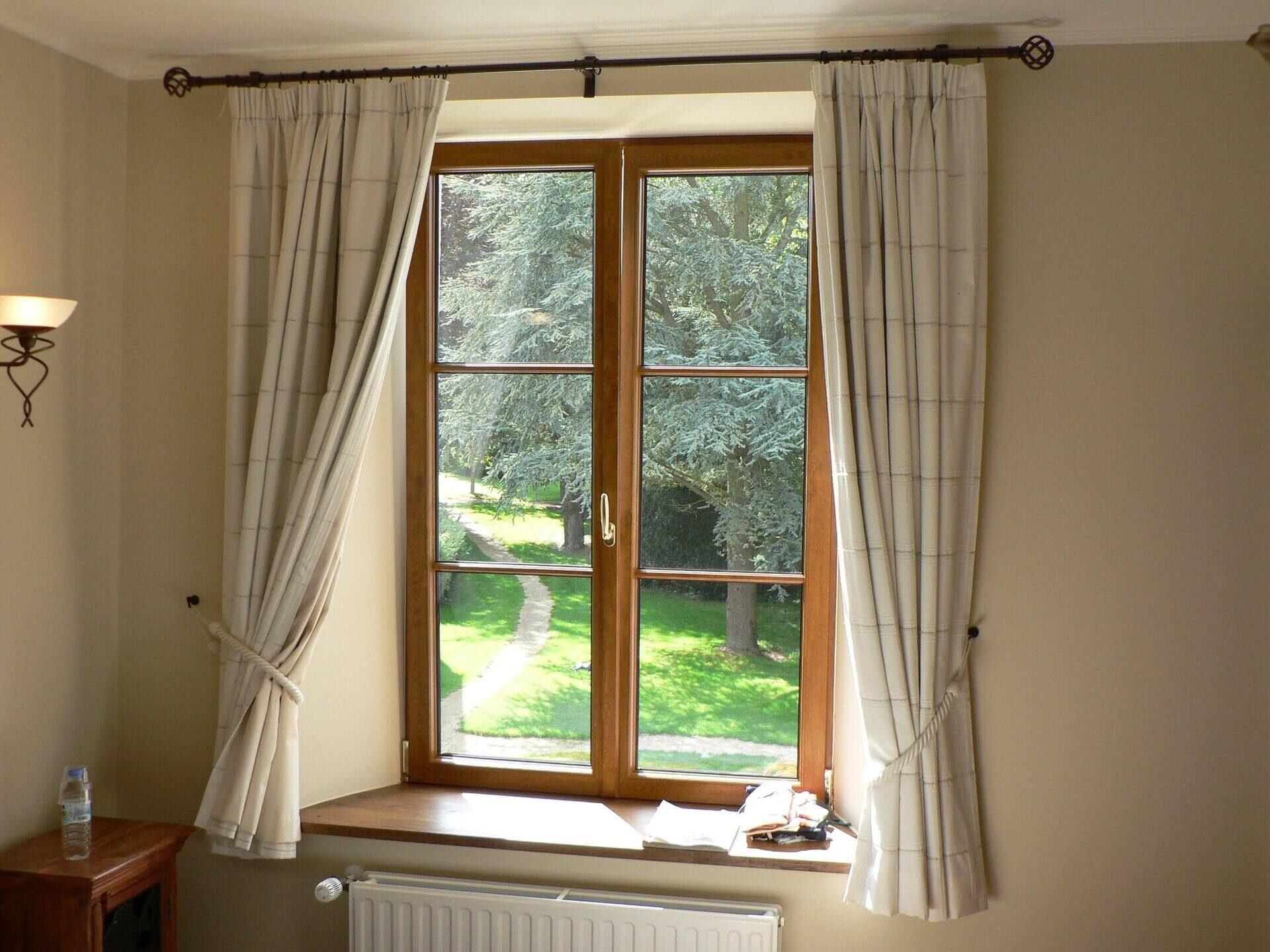
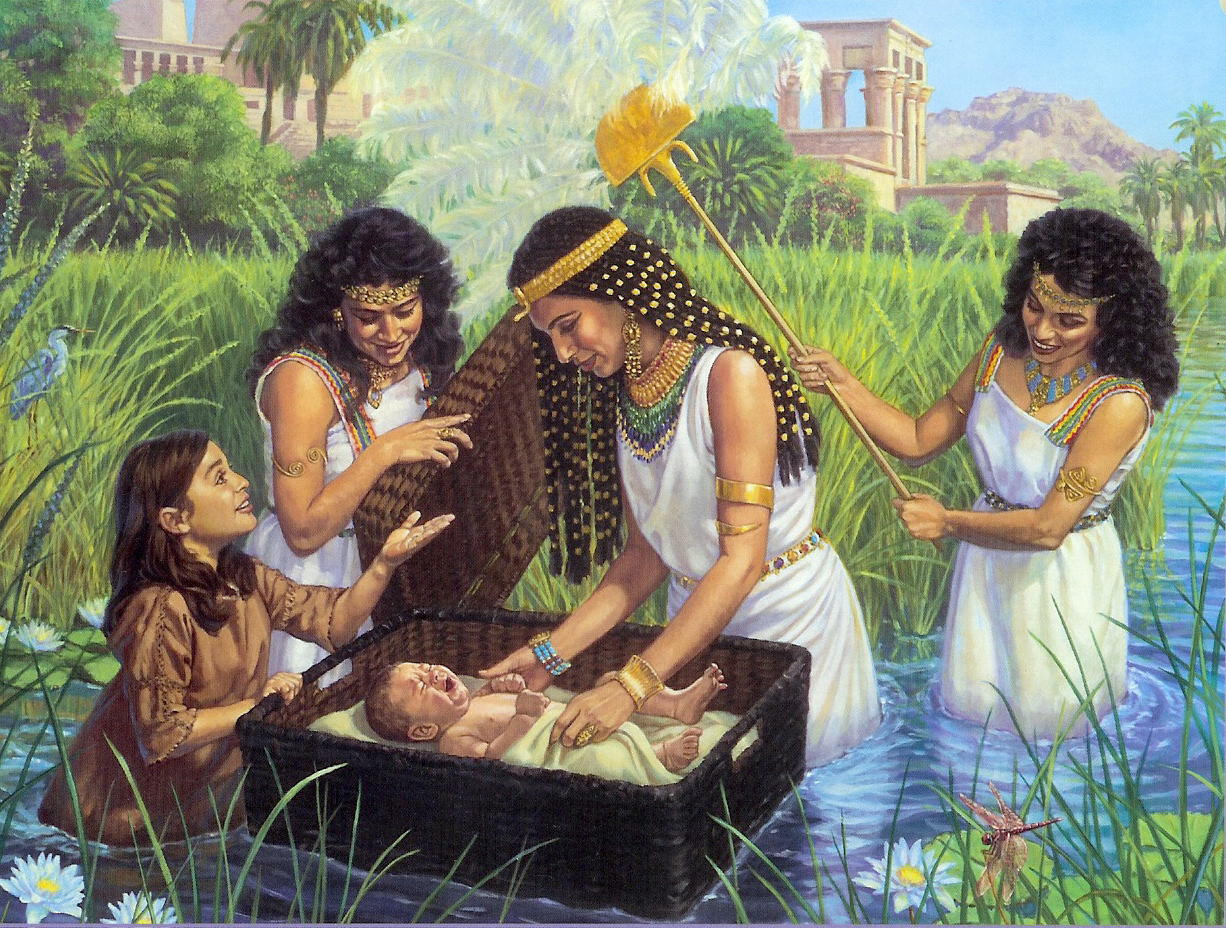

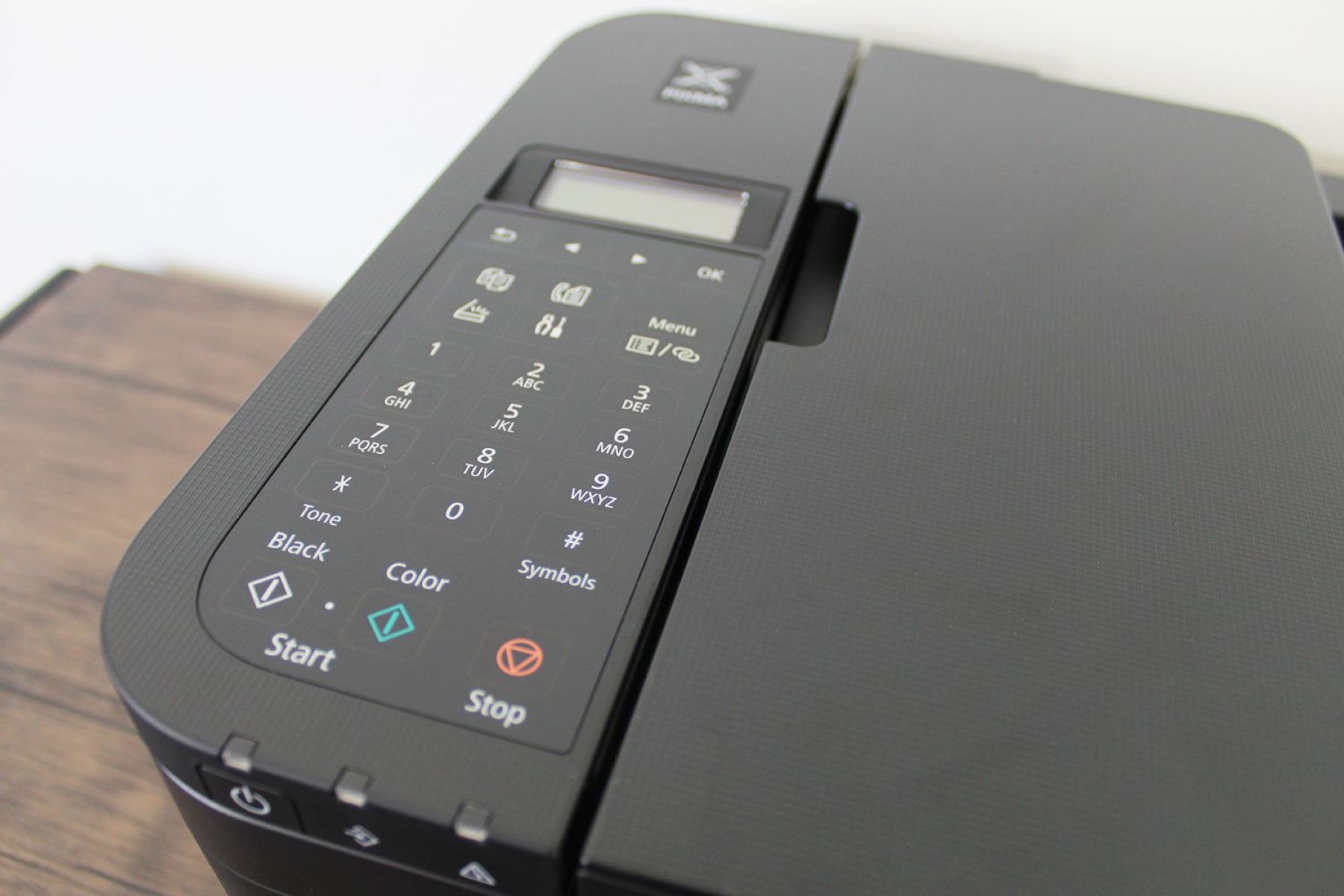

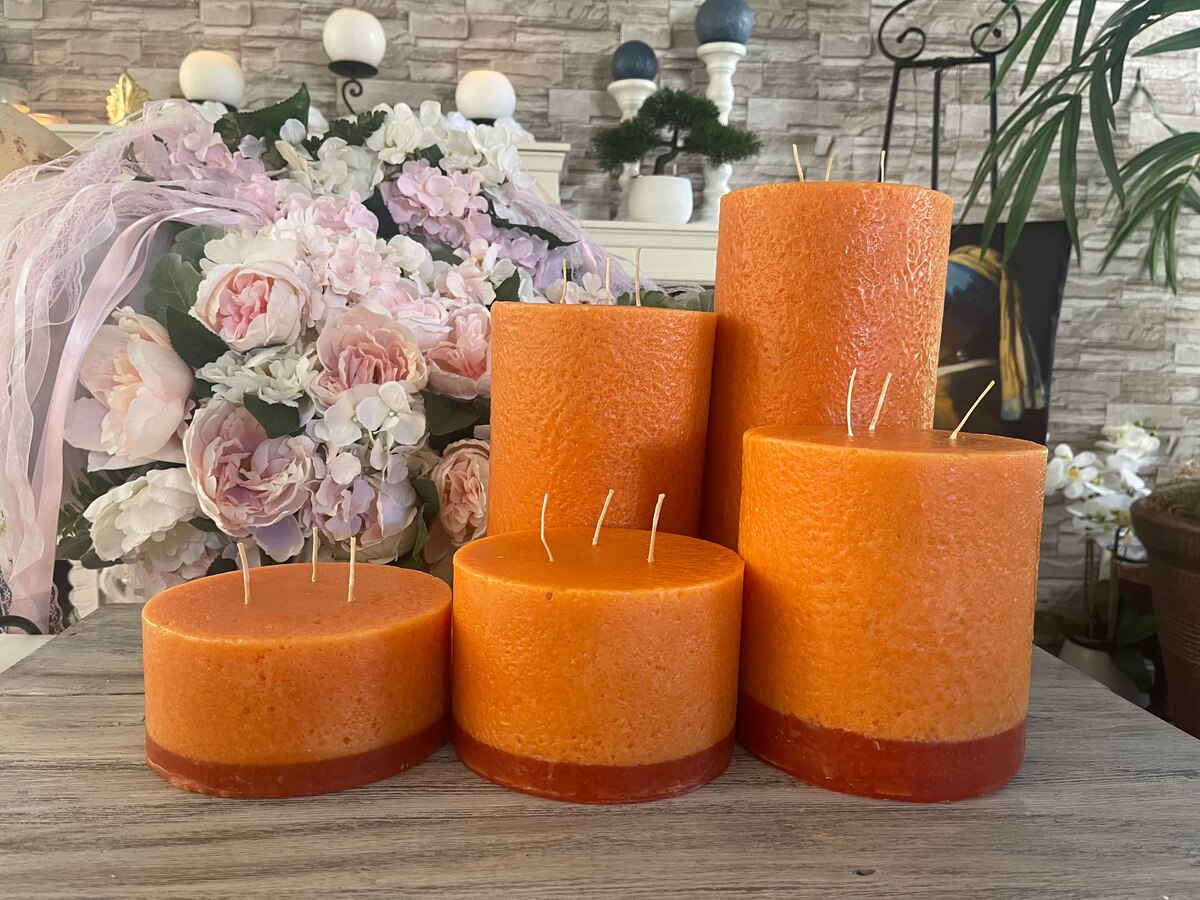
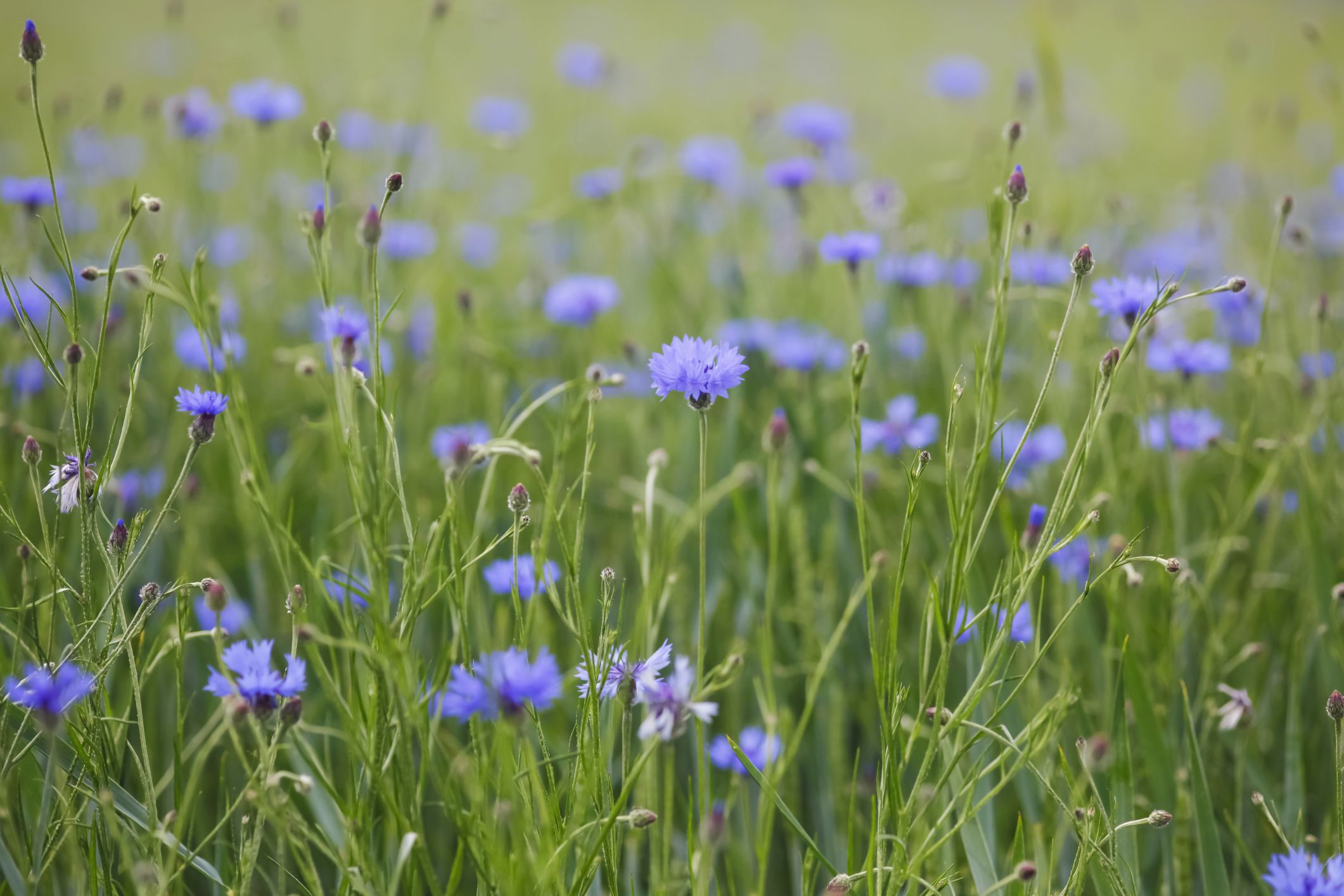
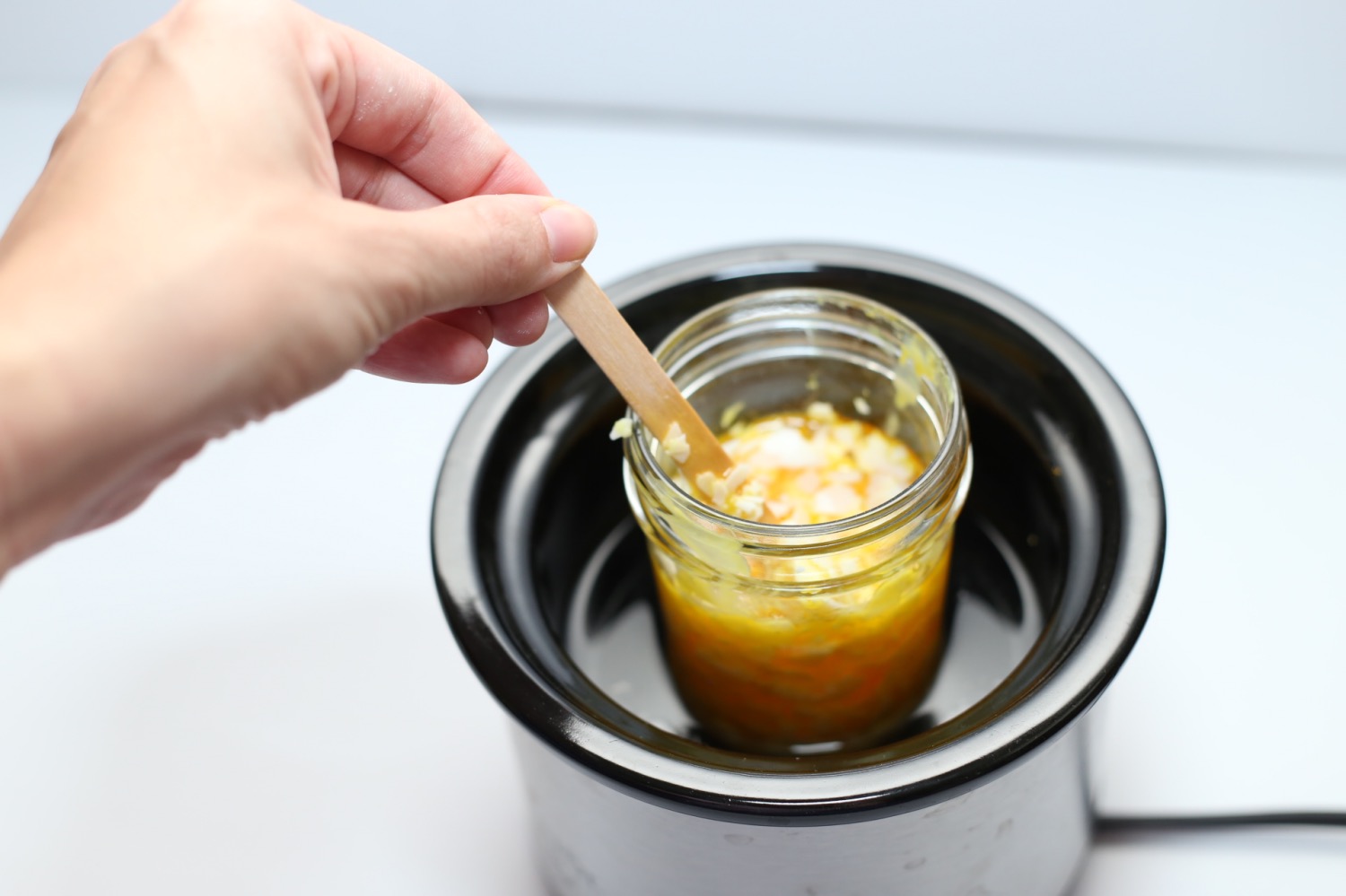
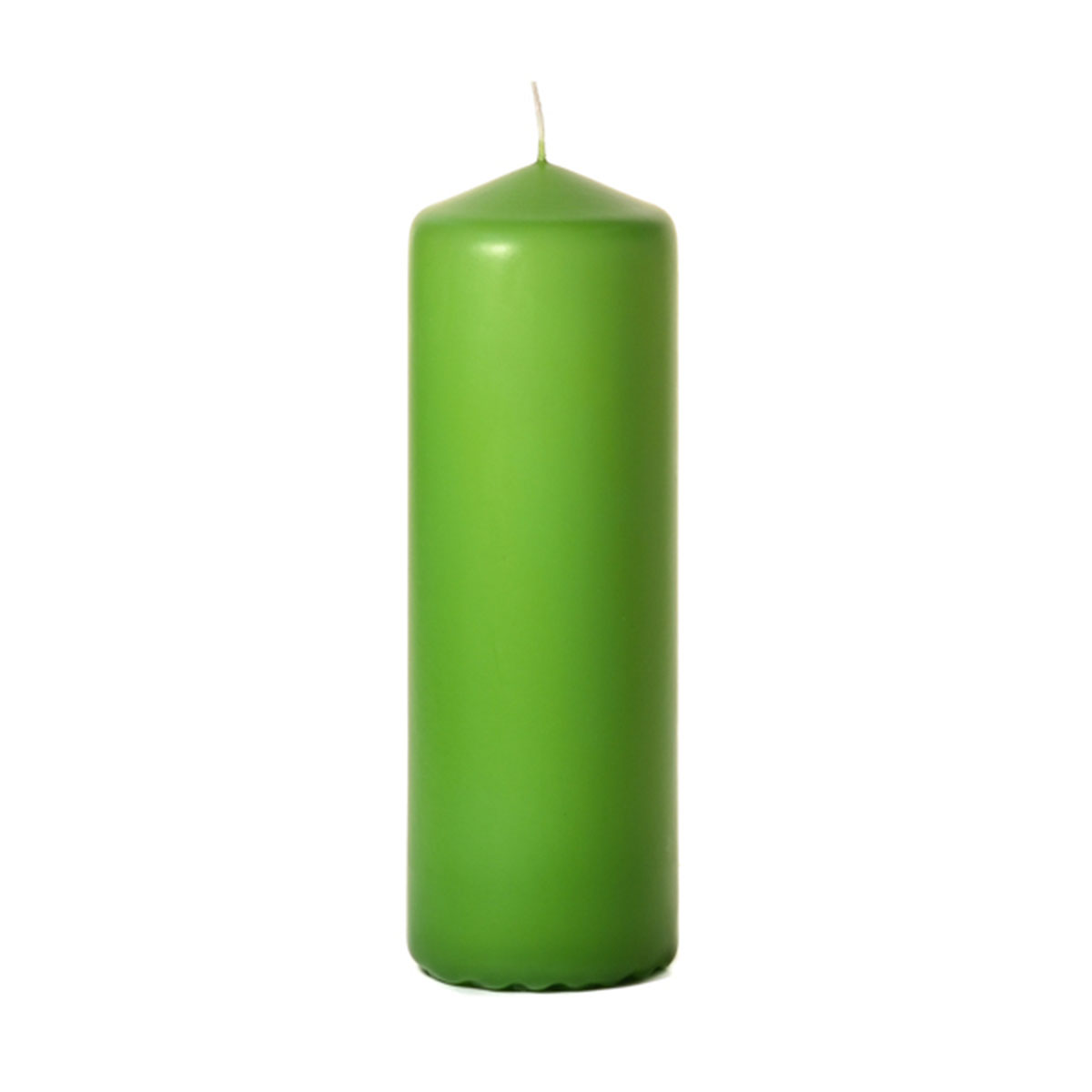
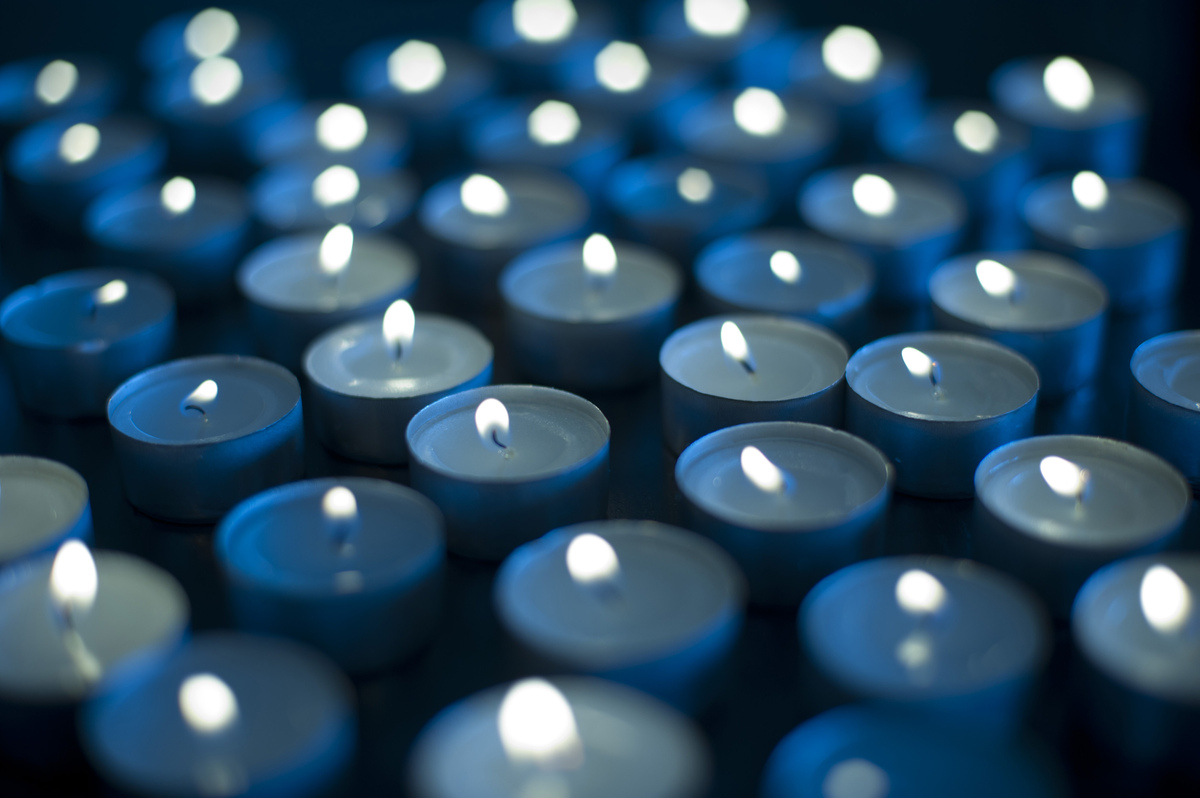
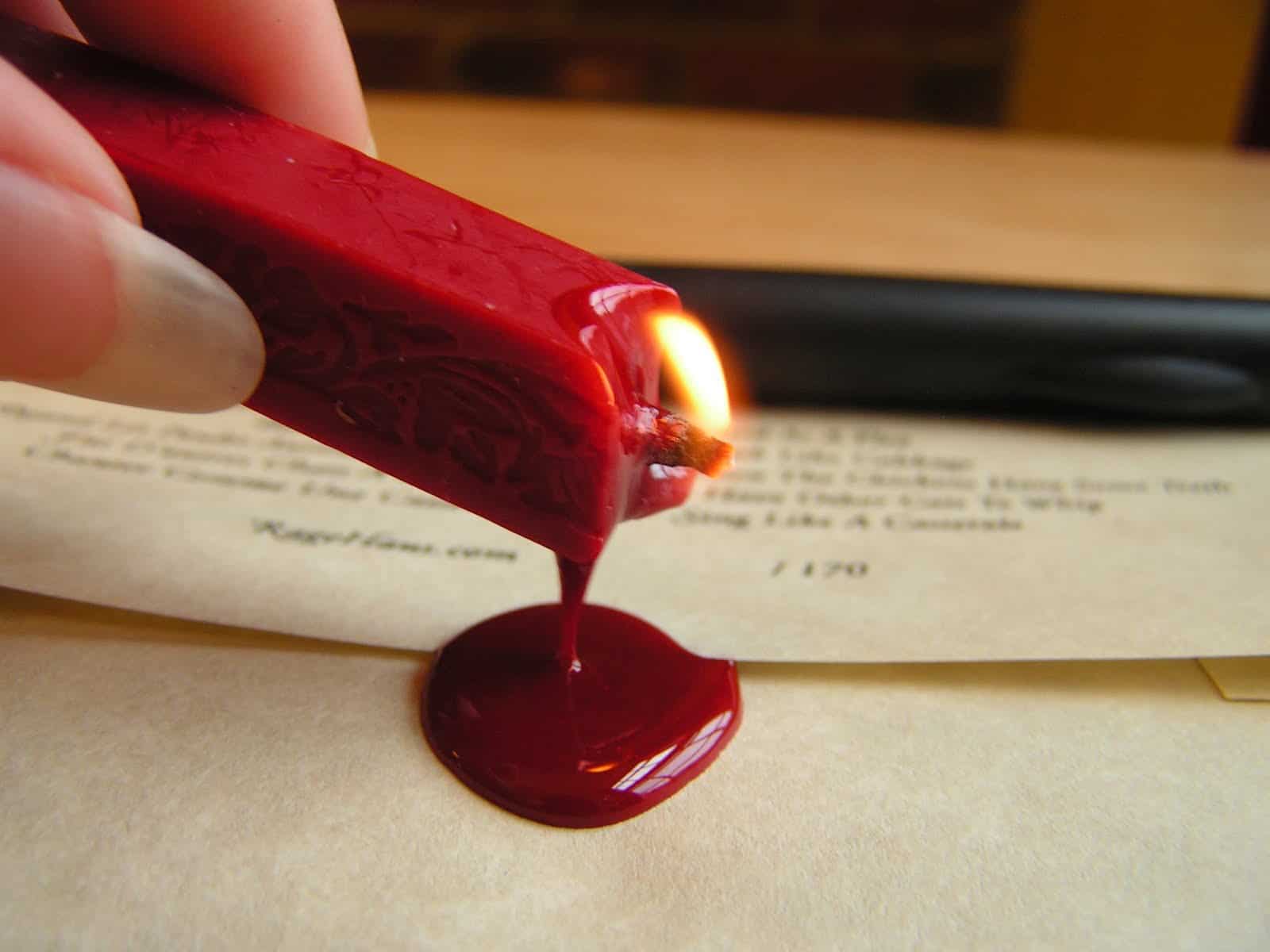
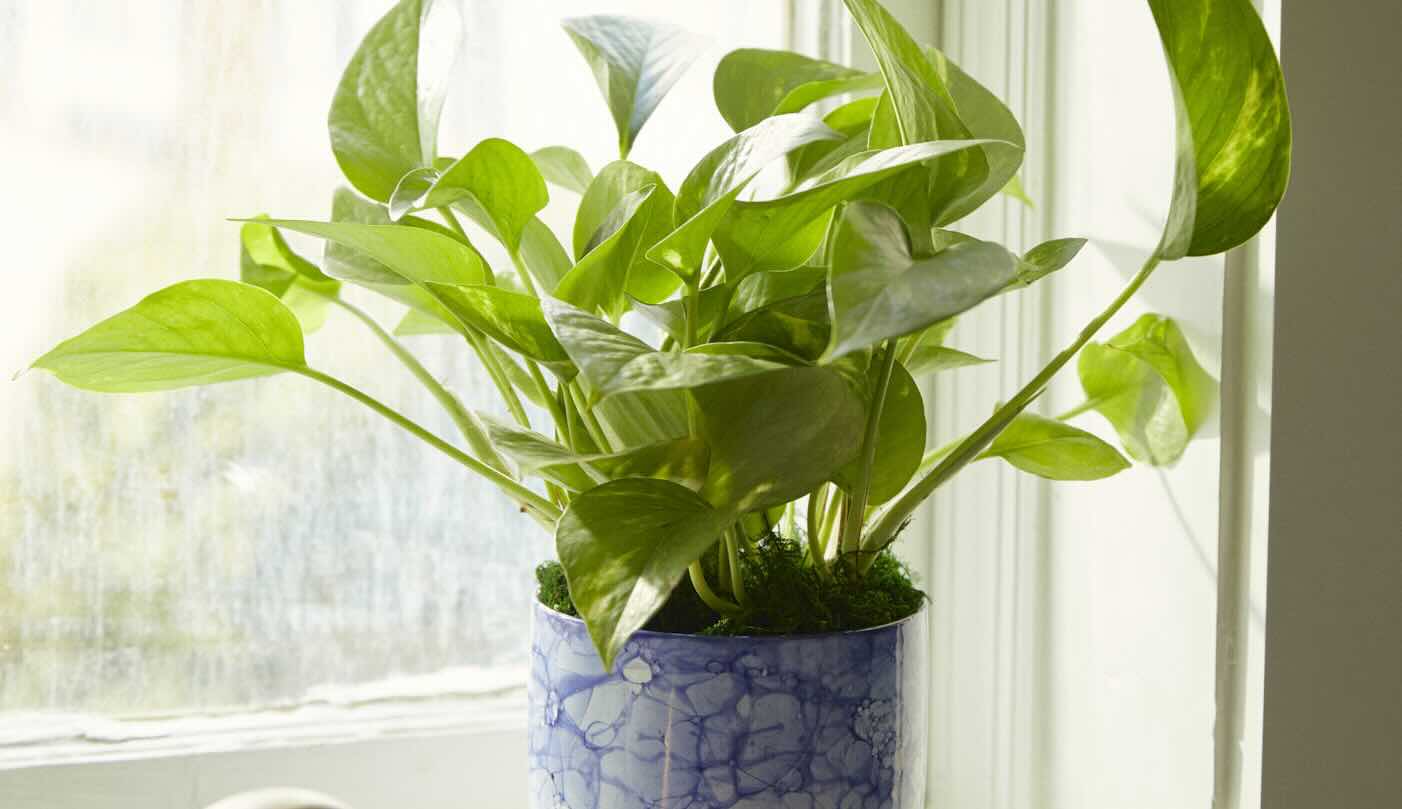
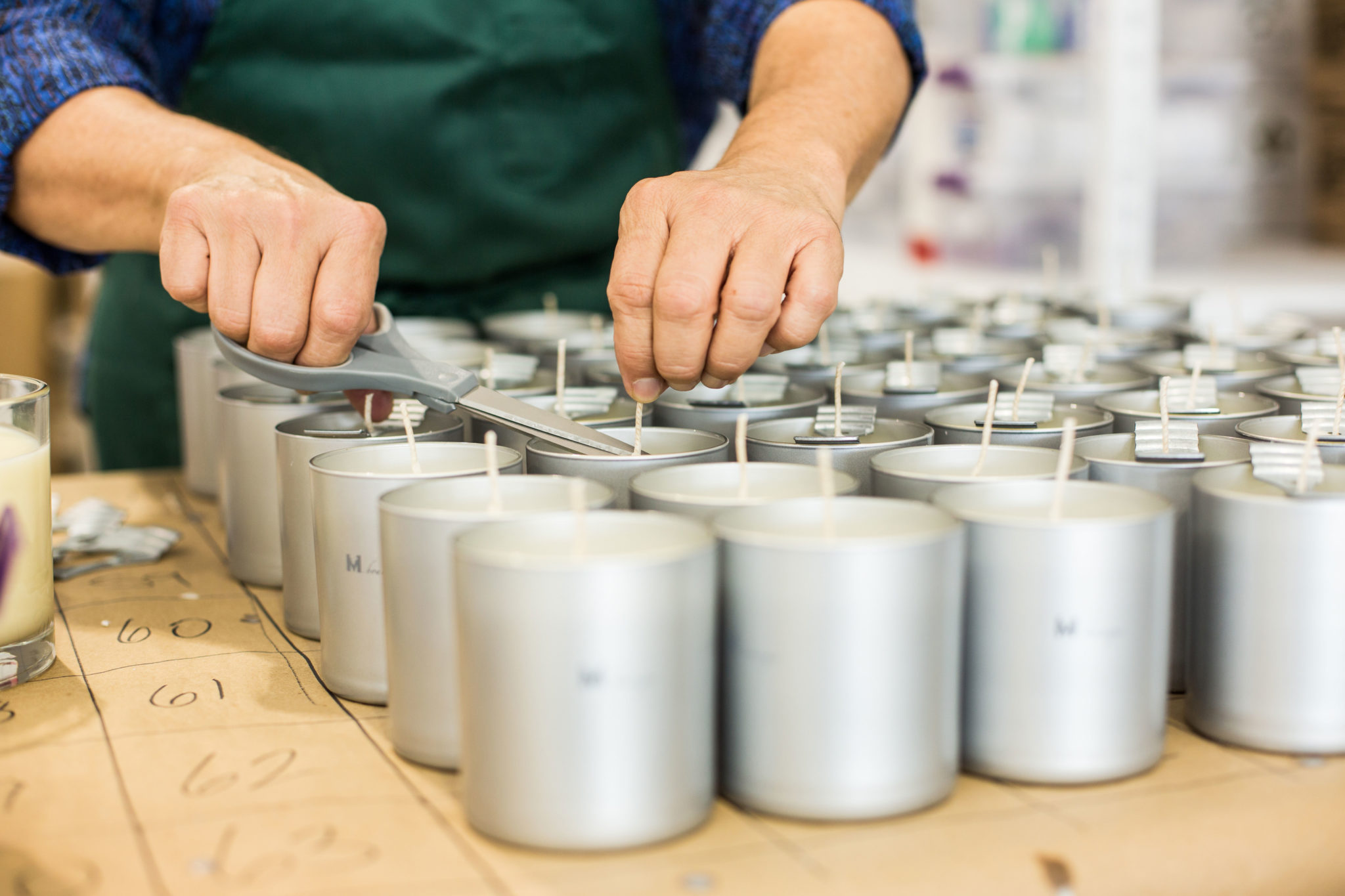


0 thoughts on “What Do The Candles On The Menorah Symbolize”